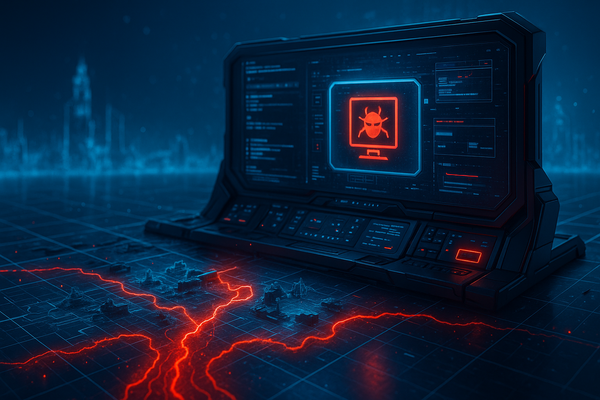The x64 rootkit era begins with a blast from the past

The latest incarnation of the TDL3 rootkit is capable of infecting x64 systems. Ironically enough, the basic techniques used to achieve this are positively ancient by the computing world’s standards, having been perfected in the MS-DOS age.
Indeed, TDL3 is a rootkit that replaces legit master boot records (the bits of code stored on a computer’s hard-disk that tell its BIOS where to find the operating system and how to load it) with a malicious version, causing malware code to be loaded even before the operating system is started.
TDL3 arrives on victim computers via a downloader, either as a “drive-by download” or via other means.
On 32-bit windows systems, the MBR infection is performed, then a kernel-level malicious driver is loaded which goes on to provide the rootkit functionality.
In contrast, on 64-bit systems, where unsigned drivers are not allowed, the downloader only infects the MBR (a thing which is still possible without kernel access). Then, a reboot is forced and the malicious code can take over at boot-time.
The malicious code in the MBR is nothing special, bearing much similarity with other bootkits such as Mebroot or Stoned. It’s used to load “ldr16”, a piece of 16-bit code harkening straight back to old DOS boot viruses, which hooks int13h (a software interrupt for disk reading).
ldr16 then intercepts the OS loading process, detect what kind of OS is loading and, if it’s a 64-bit kernel, patches it to allow the loading of unsigned drivers.
The loader then loads a malicious kernel driver which provides most of the backdoor/rootkit functionality.
As in previous versions, TDL3 stores its payload and various “utility” components in a virtual filesystem it creates, which now has new entries, such as ldr64.![]()
The most recent variant under analysis crashes some x86 systems at boot time, but other than that is entirely functional, managing to infect even the latest Windows 7 x64 systems.
As a side-note, disinfection of TDL3 (once one becomes aware it is running) is as simple as running the command ‘fixmbr’ from a recovery console, thus restoring the original master boot record.
tags
Author
The meaning of Bitdefender’s mascot, the Dacian Draco, a symbol that depicts a mythical animal with a wolf’s head and a dragon’s body, is “to watch” and to “guard with a sharp eye.”
View all postsRight now Top posts
Infected Minecraft Mods Lead to Multi-Stage, Multi-Platform Infostealer Malware
June 08, 2023
Vulnerabilities identified in Amazon Fire TV Stick, Insignia FireOS TV Series
May 02, 2023
EyeSpy - Iranian Spyware Delivered in VPN Installers
January 11, 2023
FOLLOW US ON SOCIAL MEDIA
You might also like
Bookmarks















